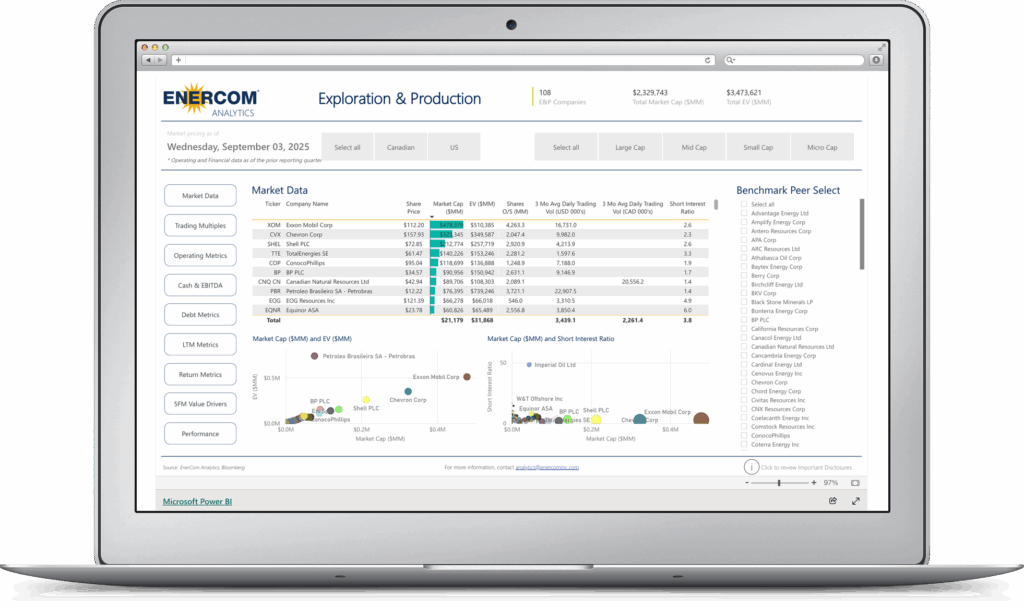Saudi Arabia will be shipping less crude to Asia in June as it prepares for stronger local demand
Saudi Arabia, the world’s top oil exporter, will reduce the number of barrels it sends to Asian markets in July by about 300 MBOPD from June levels. State-run Saudi Aramco will supply full contracted volumes to at least five Asian buyers mainly in North Asia and lower volumes to some customers in India, China and South Korea, sources told Reuters.
Aramco plans to cut supplies to India in July by nearly 200 MBOPD, while reducing supplies to China by about 110 MBOPD. The two countries are the center of demand growth in the world and were important customers for Saudi Arabia as OPEC fought to defend market share over the course of 2015 and 2016, with the country routinely offering preferential prices to Asian customers.
The company also plans to reduce exports to the U.S. and Europe in coming months, but it has traditionally shielded Asian markets in the past. Sources reported that exports to the U.S. might be cut 35% in July, while European markets could expect to see Saudi oil supplies fall 11% compared to June.
Domestic demand rising in Saudi Arabia along with the temperature
Saudi Arabia has shouldered the majority of OPEC’s production cuts since the group enacted the deal in January. Roughly 40% of the group’s cuts have come from OPEC’s de facto leader, but summertime temperatures are also beginning to weigh on the kingdom’s exports.
Peak power demand in Saudi Arabia comes in the summer months when temperatures can reach as high as 122 degrees Fahrenheit (50 degrees Celsius). The intense heat leads to a spike in air conditioning usage which in turn leads to Saudi Arabia holding on to more of its oil in order to power its electrical grid.
Saudi grid powered by oil
Saudi Arabia usually burns about 700 MBOPD of oil for power generation in the hottest months from May to August. There may be some reduction in demand as the country has tried in recent years to switch to more natural gas-powered electrical stations, however.
Crude oil making a technical recovery, but it may not last
Crude oil prices were up Monday as speculative traders began to buy more long positions. Traders and analysts said the recovery looked technical in nature after WTI rallied and encouraged a similar movement in Brent, reports Reuters.
“When you start to approach $45 a barrel in WTI, you’re in an area where you do find some price support and I think there has been some evidence last week of investment flows coming back into crude oil,” Petromatrix strategist Olivier Jakob said.
“You have to be careful not to be too optimistic for now,” he said. “Physical differentials are still under pressure and the time structure is still under pressure in Brent. It’s a bit premature to call for much higher oil prices.”
Drilling in the U.S. continues to pick up speed as E&Ps look to capitalize on improved pricing. Last week, Baker Hughes reported 11 additional rigs operating in the U.S., up 513 from this time last year.
“With the typically tighter second half of the year fast approaching, rumors of oil prices having found their bottom are doing the rounds,” PVM Oil Associates analyst Stephen Brennock said in a note.
A bearish cocktail
“Yet such claims are premature as lingering doubts that prolonged OPEC curbs will drain the oil glut along with the simultaneous uptick in U.S., Libyan and Nigerian output make for a bearish cocktail,” he wrote.






